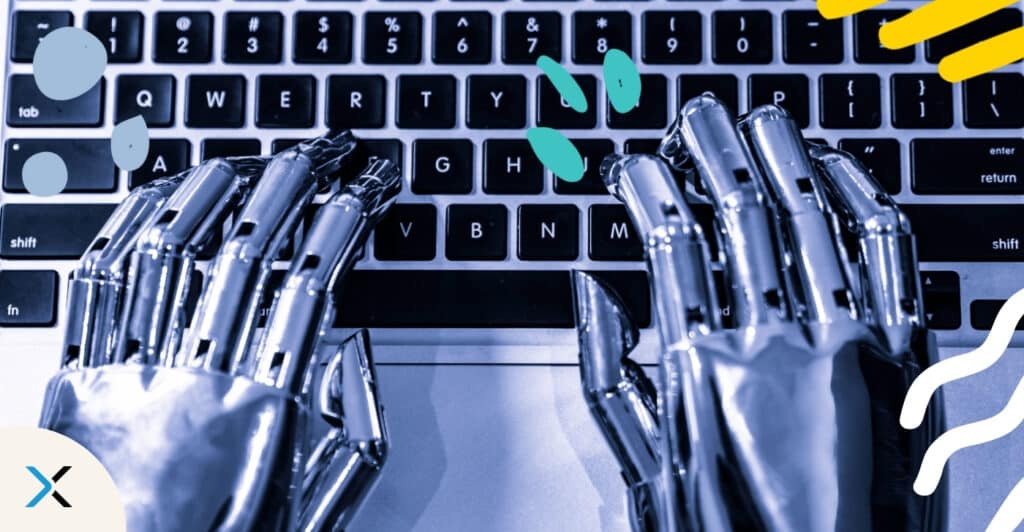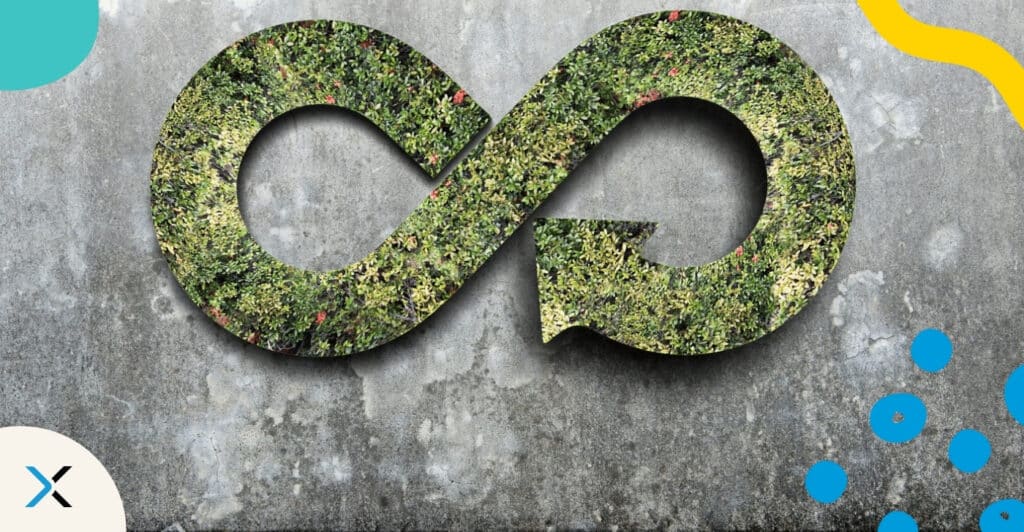Inklusive Technische Dokumentation bei Salesforce – mit Acrolinx

Acrolinx unterstützt Unternehmen dabei, inklusiven, respektvollen und nicht-diskriminierenden Content zu erstellen und damit Diversity zu stärken.
Unser Kunde Salesforce möchte Vielfalt, Chancengleichheit und Inklusion durch Diversity-Management fördern und stärken. Das gilt auch für die Technische Dokumentation des Unternehmens. Auf dem Weg zur inklusiven Technischen Dokumentation wurden im ersten Schritt Wortwahl und Terminologie auf den Prüfstand gestellt. Das Ziel: produktübergreifend nicht-inklusive Formulierungen identifizieren und ersetzen.
Im Sinne ihrer transparenten Unternehmenskultur veröffentlichte Salesforce erste, zentrale Erkenntnisse rund um Werte und Chancengleichheit in einem Blogbeitrag. Es wurde dabei auch auf Acrolinx eingegangen: Durch den Einsatz der Plattform gelingt es Salesforce, nicht-inklusive Sprache in existierenden Dokumenten ausfindig zu machen und zu ersetzen. Darüber hinaus unterstützt Acrolinx die Salesforce-Autor*innen dabei, inklusiven neuen Content zu erstellen.
Salesforce und Technische Dokumentation
Salesforce sieht Unternehmen in der Verantwortung, ihre Sprache inklusiv und respektvoll zu gestalten, um Inklusion voranzubringen und Vorurteilen vorzubeugen. Das beinhaltet laut Salesforce auch, zu überlegen, wie sich die genannten Werte produktseitig umsetzen lassen (Quelle).
Im oben verlinkten Blogbeitrag arbeitet das Unternehmen einige exkludierende Formulierungen aus dem Gebiet der Technischen Kommunikation heraus und gibt den Leser*innen Formulierungsalternativen an die Hand. Ein Beispiel: Statt “blacklist” und “whitelist” können die nicht diskriminierenden Terme “blocklist” und “allowlist” verwendet werden.
Dieses Know-how kann auch für andere Tech-Unternehmen einen Ansatzpunkt bieten, ihre eigene Technische Dokumentation bis hin zum Software-Quellcode sprachlich inklusiver zu gestalten und damit Diversity zu fördern.
Technologie und inklusive Technische Dokumentation
Um seine Ziele im Bereich der inklusiven Technischen Dokumentation zu erreichen, setzt Salesforce auf die KI-gestützte Plattform Acrolinx. Technische Redakteur*innen werden durch den Einsatz der Plattform dabei unterstützt, direkt während des Schreibens ihre Inhalte zu verbessern. Mit Acrolinx wird der Dokumentationsprozess skalierbarer.
Wir bei Acrolinx haben darüber hinaus unter die Lupe genommen, welche Rolle Technologie für inklusive Content-Strategien spielt. Lesen Sie dazu unseren Blogbeitrag. In zahlreichen öffentlich bekannten Fällen haben unfaire Algorithmen aus dem Bereich des maschinellen Lernens zu Exklusion und falschen Entscheidungen geführt. Daher ist es unumgänglich, dass Tech-Unternehmen sich im Kampf für mehr Diversität, Chancengleichheit und Inklusion mit konkreten Maßnahmen positionieren. Nicht nur in Hinblick auf ihre Produkte, sondern auch für die Mitarbeiter*innen, die diese Produkte entwickeln.
Die Reise geht weiter
Die Umsetzung von Diversity-Maßnahmen und damit der Weg hin zu inklusiven Produkten ist für Unternehmen eine niemals endende Reise. Unternehmen wie Salesforce, die die Umsetzung inklusiver Technischer Dokumentation ebenso transparent offenlegen, wie ihren fairen Quellcode, haben einen positiven Einfluss auf andere Tech-Unternehmen. Wir bei Acrolinx hoffen, dass Salesforce andere Unternehmen inspiriert, im Zuge des Diversity-Managements ihren Content inklusiver zu gestalten und damit Vielfalt zu fördern.
Acrolinx-Kunde Microsoft hat einen Leitfaden für inklusive Technische Dokumentation veröffentlicht. Der Leitfaden unterstützt Mitarbeiter*innen dabei, Sprache zu vermeiden, die Menschen mit Behinderungen diskriminiert, gender-neutral zu schreiben und die menschliche Vielfalt abzubilden. Hier geht es z. B. um genderneutrale Pronomen und Sprache, die der kulturellen Diversität gerecht wird. Auf diese Weise kann die Dokumentation global für alle Leser*innen bereitgestellt werden. Der Leitfaden zielt darauf ab, Mitarbeiter*innen zu ermutigen, bereits bei der Entwicklung ein Augenmerk darauf zu legen, Inklusion und Vielfalt in der Dokumentation zu repräsentieren.
Inklusive Kommunikation ist für alle Arten von Content wichtig. Nicht nur für Ihre Technische Dokumentation, sondern auch für Website-Texte, Supportartikel, Human Resources und Marketingmaterialien. Durch inklusive Sprache erreichen Sie, dass Ihre Sprache Ihre Diversity-Maßnahmen abbildet. So wird das gemeinsame Ziel unterstützt, das Sie im Unternehmen verfolgen.
- Sie wollen in Ihrem Unternehmen eine Initiative für Diversität, Chancengleichheit und Inklusion am Arbeitsplatz gründen?
- Sie wollen Ihre Unternehmenskultur und die Arbeit in Ihrem Team inklusiver gestalten?
- Sie möchten mit Ihrem Content ein breiteres Spektrum an Menschen erreichen?
In all diesen Fällen ist Sprache ein wesentlicher Bestandteil Ihres Diversity-Managements. Nutzen Sie inklusive Sprache, um Ihre vielfältige Belegschaft anzusprechen, interkulturelle Kompetenzen zu zeigen und neue Märkte anzusprechen.
Wie Acrolinx Ihre Unternehmenskultur stärken kann
Wir alle sind es wert, uns inkludiert und wertgeschätzt zu fühlen. Das macht inklusive Sprache zu einem Kernbestandteil geschäftlicher Kommunikation. Vom Recruiting über die Kommunikation innerhalb der Belegschaft bis hin zum Management. Mit vorkonfigurierten Zielsetzungen deckt Acrolinx viele Ihrer Content-Bedürfnisse ab.
Für inklusive Sprache ist es zentral, zu lernen, warum bestimmte Wörter und Formulierungen exkludierend wirken. Daher gibt Acrolinx Ihnen Informationen zu Wörtern und Formulierungen an die Hand, um Sie zu ermächtigen, inklusiven, zugänglichen Content zu erstellen. Nach und nach lernen Ihre Mitarbeiter*innen, warum bestimmte Aussagen diskriminierend wirken können, z. B. in Hinblick auf verschiedene Geschlechtsidentitäten, ethnische Herkunft, kulturelle Vielfalt, sexuelle Orientierungen oder wenn es um unterrepräsentierte Gesellschaftsgruppen geht.
Wir wollen global agierende Unternehmen dabei unterstützen, ihren Content von exkludierender Sprache zu befreien. Sie wollen wissen, wie Acrolinx Sie auf Ihrem Weg zu inklusivem Content und mehr Diversität begleiten kann?
Are you ready to create more content faster?
Schedule a demo to see how content governance and AI guardrails will drastically improve content quality, compliance, and efficiency.

Hannah Kaufhold
ist Senior Marketing Manager bei Acrolinx und verfügt über mehr als zehn Jahre Erfahrung in den Bereichen Content-Strategie und Content-Erstellung sowie einen Master-Abschluss in Linguistik. Hannah interessiert sich für kontrollierte Sprachen und Terminologie und engagiert sich für Vielfalt und Inklusion. In der Freizeit verbringt Hannah gerne Zeit mit der Familie und liest leidenschaftlich gerne.




